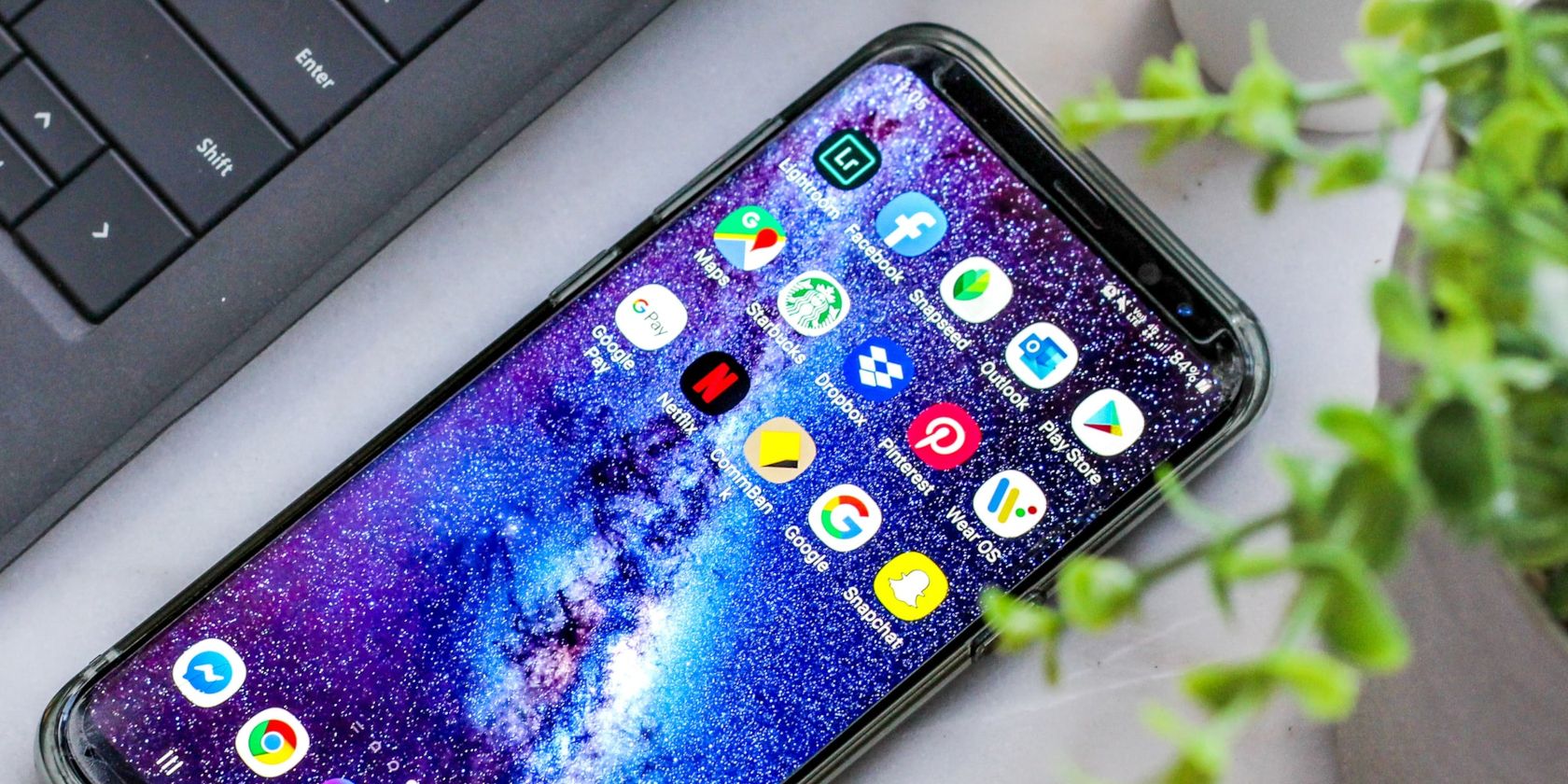How to Put Apps to Sleep on Your Samsung Phone to Save Battery Life
If you have apps on your Samsung phone that you don’t use often but don’t want to delete, you can put them to sleep instead.
If you’re like most people, you have close to a hundred apps on your Android phone but only use less than 10 of them on a regular basis. Of course, just because you don’t use these other apps every day doesn’t mean you should delete them; After all, you might need them later.
However, these apps can still waste your battery life by running in the background. Luckily, your Samsung phone lets you hibernate unused apps so they don’t run in the background and waste battery life. Let’s see how you can enable this feature in the settings.
How to hibernate apps on Samsung phones
Before we see the steps, you should first know what hibernating apps actually does. Samsung phones divide background restrictions into three categories: sleeping apps, deep sleeping apps, and never sleeping apps. That means the following:
- Sleeping Apps: These apps run in the background, but only occasionally. Notifications sent from these apps may be delayed and app updates will be infrequent. Ideal for apps that you use occasionally but not often.
- Deep Sleep Apps: These apps never run in the background and only work when you open them. You may not receive any updates at all and you may also miss sent notifications. Ideal for apps that you use very rarely.
- Never sleeping apps: These apps can always run in the background. You are not limited and can use the battery life as needed. Ideal for important apps and regularly used apps.
Note that system apps like Phone, Camera, Clock, Messages, Bixby and more cannot be hibernated as they are an integral part of your phone’s operating system.
How to hibernate apps on your Samsung phone:
- Go to Settings > Battery and device care.
- Beat Battery > Background Usage Limits and turn on Put unused apps to sleep to allow your phone to automatically hibernate apps based on your usage.
- To do this manually, tap Sleeping apps or deep sleep appsthen tap + icon and select your desired apps and press Add to.
- For apps that you use regularly, tap Never sleeping apps and follow the same procedure.
Keep in mind that hibernating apps is different than just force stopping apps on your phone. Normally, when you force stop an app, it will restart immediately afterwards. This puts more strain on your device than doing nothing and just letting it go.
However, when you put an app to sleep (or deep sleep, to be precise), you’re basically telling it to stop using and interacting with your phone’s resource, namely battery life. And without power, an app cannot perform its normal functions or run in the background. Because of this, it’s better to hibernate apps than force them to stop.
How to decide which apps to hibernate
If you need help deciding which apps to hibernate, follow these steps:
- Go to Settings > Digital Wellbeing and Parental Controls.
- Tap the screen time bar and see your most and least used apps throughout the week.
- Beat See more to view the full list of apps used. Put the least used ones to sleep, the most used ones to deep sleep, and the least used ones to deep sleep.
If hibernation doesn’t work and you’re still getting lots of unwanted notifications and updates, it might be best to completely delete those apps from your phone. You can always download them again if you need to.
Put unused apps to sleep to save battery
Putting apps to sleep is one of the many ways you can extend your Android phone’s battery life. It reduces your phone’s workload as it doesn’t have to allocate resources to apps that don’t need them.
Of course, you can always delete the apps you haven’t used for a long time, which is a more effective solution. Regardless, it helps to save as much battery life as possible.
